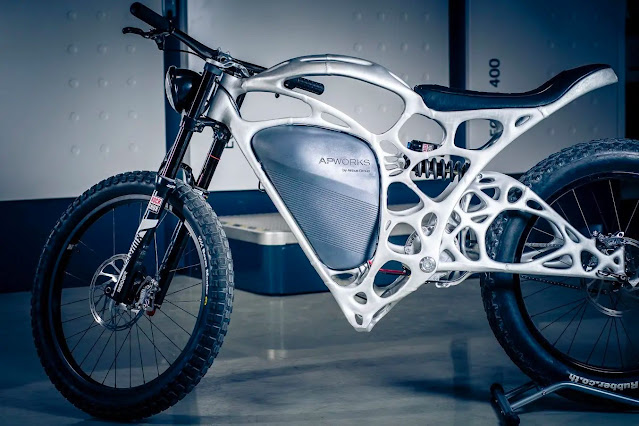Generative design is a fastest way to create new designs to meet specific requirement
Generative design is a new approach to design and engineering that relies on the power of computing and artificial intelligence. In this innovative solution, designers input parameters, constraints, intended outputs, requirements, materials, and manufacturing methods into generative design software. This information is then used to create hundreds of innovative design options that meet specified requirements.
The generative
design market was valued at US$ 1.88 Bn in 2021 and is forecast to
reach a value of US$ 9.04 Bn by 2030 at a CAGR of 20% between 2022 and 2030.
The underlying goal is to find
the most viable and best-fitting design alternatives that are then evaluated by
designers. In this process, the designer’s role is to continuously modify the
model and constraints based on the judgment of the design results until a viable
design is found.
Unlike traditional optimization
methodologies, the generative design does not rely on finding a single solution
but explores the solution space. Using a computational model, generative
design algorithms explore different permutations of the solution and
determine a set of alternatives that satisfy all the constraints.
It’s a faster way to generative
design than the standard iterative processes that are traditionally
used. This also reduces the time and effort that engineers and designers have
to spend on design work, which in turn gives them more time for research,
analysis, and other essential tasks.
In addition, it helps engineers
develop lightweight parts that can be manufactured more efficiently and with
less waste. This allows engineers to save material, reduce manufacturing costs
and reduce CO2 emissions.
The process is very powerful in
industrial applications such as automotive and aerospace, but it can be applied
to any type of design. For example, it can be used to design patient-specific
medical devices or customized footwear and protective sports equipment.
Another benefit is that it can
improve the efficiency of manufacturing simulation, which can result in faster
production and lower energy consumption. This is especially important in the
additive manufacturing industry, where it can significantly reduce part weight
and improve a component’s stiffness.




Comments
Post a Comment